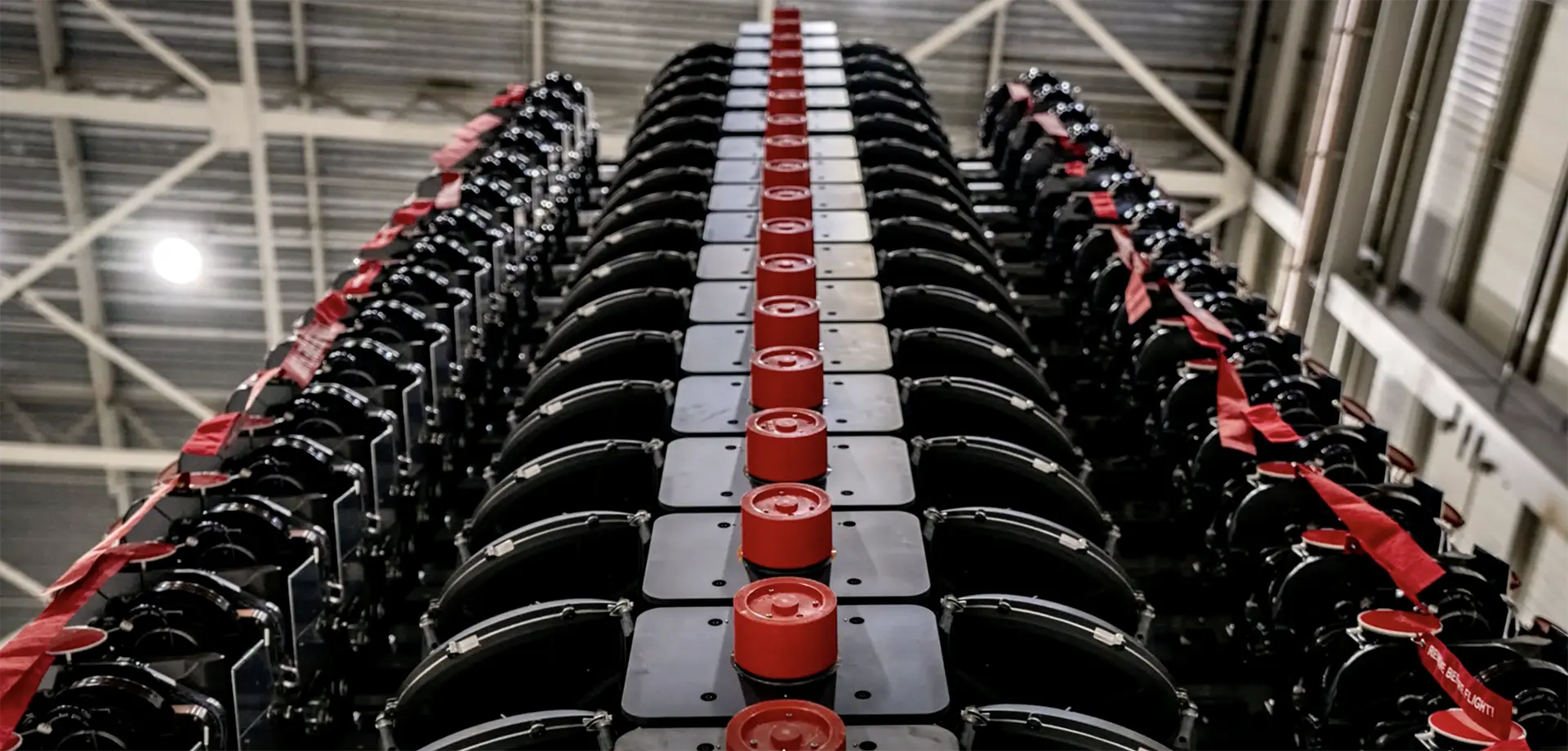

|
||

SpaceX successfully launched 21 satellites, including the first six Starlink satellites equipped with “Direct to Cell” capabilities. These advanced satellites aim to offer seamless global access to texting, calling, and browsing for mobile network operators worldwide, eliminating dead zones with a space-based cellphone tower.
Global partnerships: Several international carriers, including T-Mobile in the US, Rogers in Canada, KDDI in Japan, Optus in Australia, One NZ in New Zealand, Salt in Switzerland, and Entel in Chile and Peru, have partnered with SpaceX to utilize the direct-to-cell satellites.
Connectivity advancements: While Elon Musk, SpaceX CEO, touted the new satellites for enabling mobile phone connectivity anywhere on Earth, he acknowledged a significant bandwidth limit of ~7Mb per beam. Musk clarified that the technology is ideal for areas without cellular connectivity but may not compete with existing terrestrial networks.
Starlink’s direct-to-cell service, expected to roll out in 2024, will initially focus on text messaging, with voice and data services slated for 2025. Unlike previous satellite services, Starlink’s low Earth orbit satellites will be compatible with standard LTE phones, and IoT devices can expect connectivity in 2025.
T-Mobile plans to commence field testing of Starlink satellites in collaboration with the T-Mobile network shortly. The partnership aims to provide crucial connectivity in remote areas and expansive terrains where terrestrial coverage is limited.
The collaboration between SpaceX and T-Mobile, announced in August 2022, aims to deliver beta service, as mentioned by Musk, before the end of 2023. Despite delays, the companies are now gearing up for field testing in 2024, emphasizing the potential impact on enhancing connectivity for customers in remote and challenging terrains.
Sponsored byWhoisXML API

Sponsored byVerisign

Sponsored byCSC

Sponsored byIPv4.Global

Sponsored byVerisign

Sponsored byRadix

Sponsored byDNIB.com
